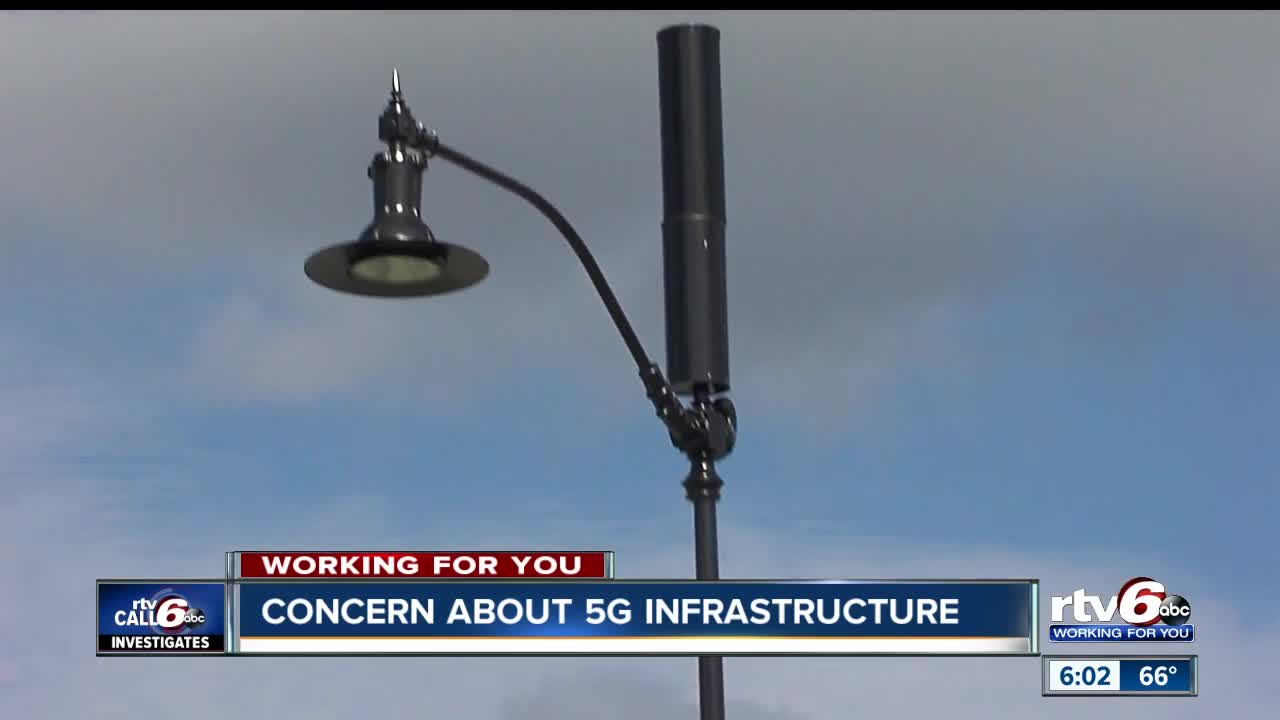If you've ever walked through a town, you may have seen tiny 5G cell towers on the poles of street lights. They appear like tiny boxes however they're actually sending wireless signals from cellular providers to your phone.
The smaller ones are being replaced by the larger specially-designed cell towers. Although they're not as visible but they can still cause problems for people.
faraday hats establish the maximum amount of time an individual can be exposed to electromagnetic energy generated by wireless devices. The exposure limits are based on scientific data which show that the energy of RF could cause harm to health.
The rate of absorption called the specific absorption rate (SAR) is an indication of the amount of radiofrequency energy absorbed by tissue. It's typically 1.6 Watts per kilogram spread over a Gram of tissue.
Since 5g is able to transmit at higher frequencies and has the potential to increase the intensity of energy on the skin and other directly-exposed body parts. faraday hats could lead to a wide range of possible harms, such as an increase in formation of skin disorders such as dermatitis, skin cancer and cataracts.
Because of the potentially negative effects of 5G radiation, PSU has chosen to create a general maximum power density of four mW/cm2 averaged on 1cm2, and not exceeding 30 minutes for the entire 5G spectrum at 3000 GHz. This localized limit is in accordance with the peak SAR that is spatially averaged at 1.6 W/kg averaged over 1 g of tissue at 6 GHz.
The FCC's Maximum Exposure Thresholds
If you've ever used a mobile phone, you probably know that the safest distance from the tower is around 400 meters away. This is due to the transmitting power of cell towers increases drastically the farther your location from the tower.
Although this may sound like something that's good however, those living close to towers may actually be more prone to health problems. For example, a study from 2014 in India discovered that people who lived within 50 meters from cell towers suffered much more health problems than those who were far from antennas.
However, this study also found that people who moved to areas further away from the cell towers saw their symptoms return to normal within a few days. Studies have also demonstrated that exposure to extreme amounts of electromagnetic field radiofrequency (EMFs) could cause cancer, brain tumors and other health issues.

This is due to the fact that RF radiation, used in wireless communication, can penetrate the human body's outer layer, which is the skin. It is crucial to know because the skin acts as a protective barrier against mechanical injury, infection from pathogenic microorganisms, as well as the entry of harmful substances. Additionally, it is the most important organ of the human body. It is responsible for protecting other organs.
The FCC's Minimum Exposure Thresholds
The FCC's Minimum Exposure Thresholds are based on numerous assumptions that are not supported by evidence from science. These include the erroneous assumption that exposures to RF radiation are safe due to minimal penetration into the body (i.e. thermal heating of tissue).
This assumption does not take into account the deeper penetration of the ELF parts of modulated RF signals and the effects of brief bursts of heat generated by RF waves that are pulsed. These theories are not compatible with the current understanding of biological consequences of RF radiation. As such they shouldn't be considered for health protection exposure standards.
Additionally to faraday hat , ICNIRP and FCC are limiting their maximum exposure limits to local peak SARs based on the maximum frequency of absorption (psSAR) which is not a sufficient dosimetric tool to assess the amount of radiation exposure. In particular it is inconclusive when frequencies exceed 6 GHz. In addition, psSAR is not been tested for RF radiation with co-exposure to other environmental agents , such as sunlight. In the event of interactions, RF radiations with different environmental agents may produce synergistic or antagonistic effects. This could result in the risk of having adverse health consequences. For example, co-exposure to RF radiation with sunlight may increase the risk of developing skin cancer, as well as aggravate other skin conditions like acne.
